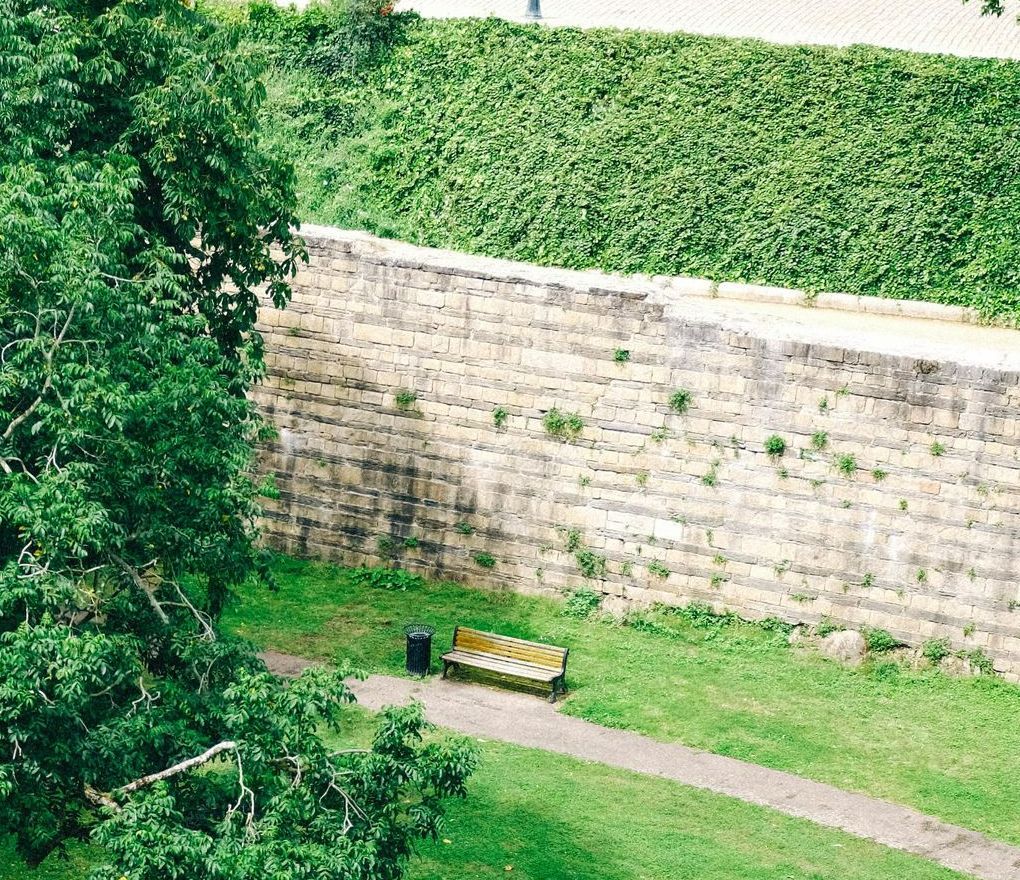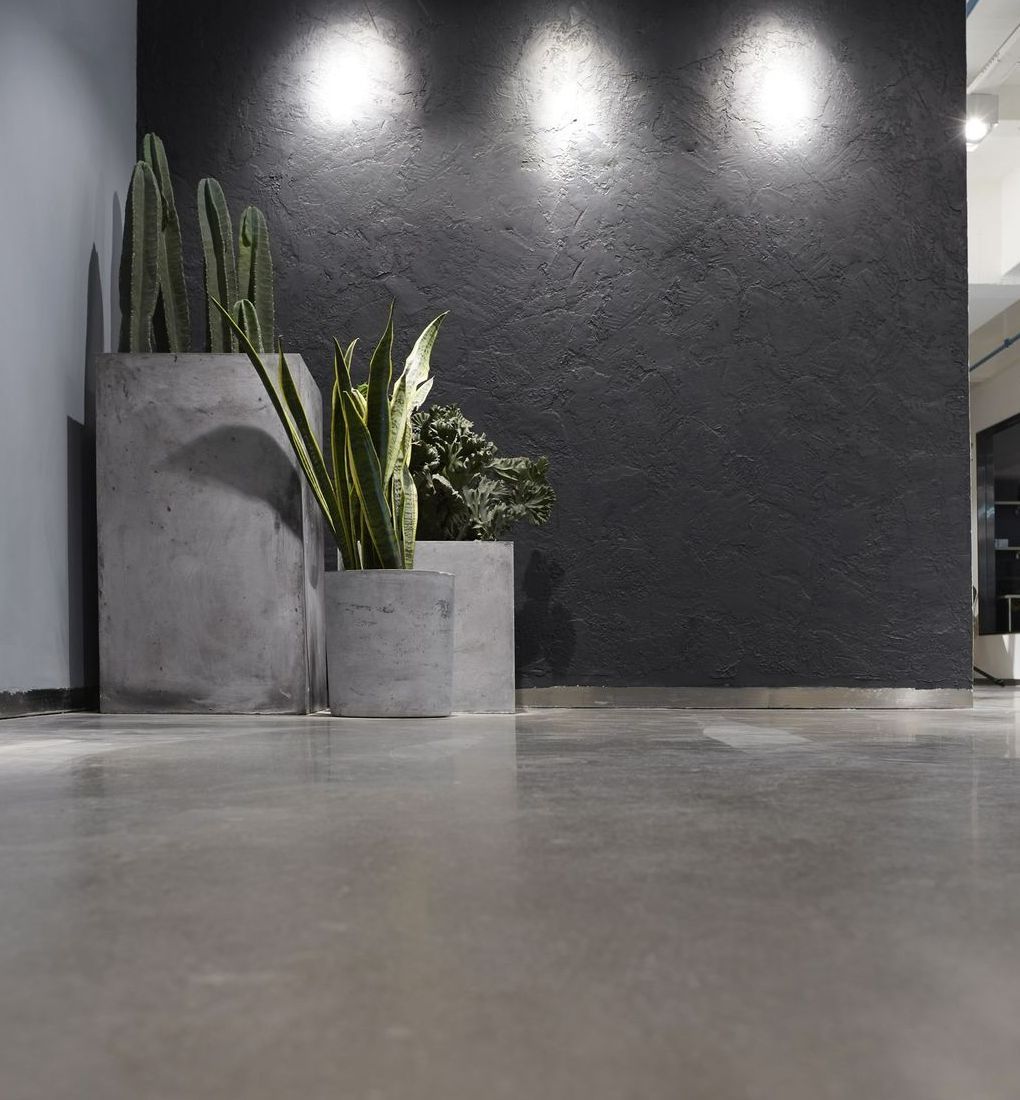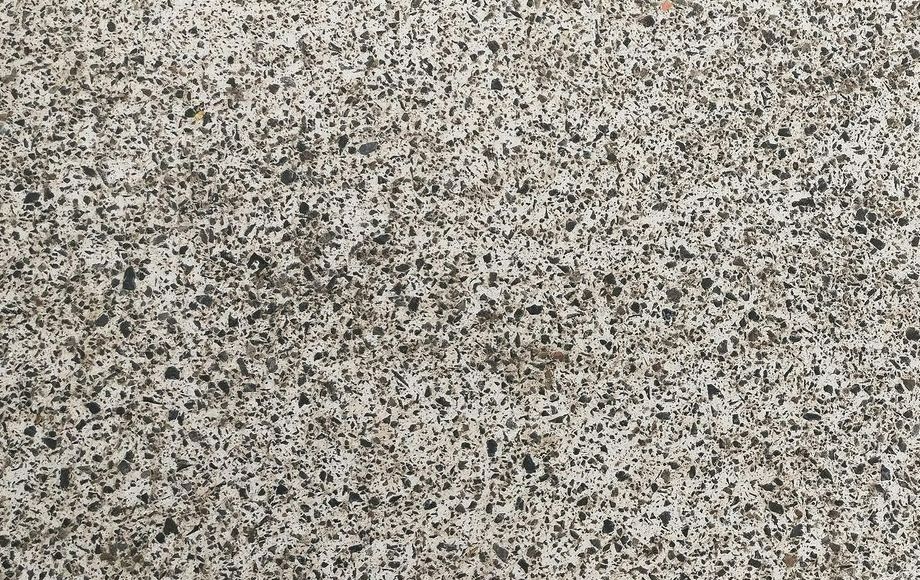Common Concrete Driveway FAQs: All You Need to Know

Whether you're building a new driveway or updating the old one, there are some questions you should ask yourself. Some of the most common ones include durability, staining, and drainage. These are just a few of the many considerations that need to be addressed when constructing a concrete driveway.
Preparation
Whether you're installing a new concrete driveway or repairing an old one, there are several steps you should take to ensure the concrete stays in good shape. It's important to consider the area's weather, soil conditions, and any other factors that may affect the driveway's durability.
The first step is to prepare the subgrade. This includes removing the top layer of soil from the driveway area. If the soil is soft, you may need to add additional gravel, crushed rock, or hardcore to ensure the concrete is properly compacted.
Next, you need to remove any vegetation and roots from the area. If there are large rocks, you'll want to use rakes to dispose of them.
You should also remove any contaminated material. The top layer of soil should be swept or removed using a flat-bladed shovel.
Then, you need to add a damp-proof membrane to prevent the concrete from drying too quickly. This can be made from a liquid curing compound or special plastic sheeting.
You'll also need a timber 2x4 to smooth the surface. This will help to keep the concrete from cracking. You should make sure that the timber has a straight edge, as the edges of your driveway should be level.
The final stage of preparation for a concrete driveway involves adding a layer of steel reinforcing bars. These bars will provide extra support and distribute the weight evenly.
Thickness
Whether you are paving a new driveway or renovating an existing one, the thickness of your concrete is an important consideration. A thicker concrete slab supports more weight and will last longer. It also helps protect the surface beneath it from damage.
You can make your driveway stronger by incorporating rebar into the design. Rebar is a common building reinforcement material that improves the strength of your concrete. Adding rebar will improve the compressive, flexural and tensile strengths of your concrete. The rebar is best used in the middle of your concrete slab. It should be inspected for its size and thickness before installation.
If you have heavy traffic on your driveway, it might be a good idea to increase the thickness of your concrete by up to two inches. This will allow you to double your strength. The added strength will also provide additional support for the edges of your driveway.
If you want to improve the durability of your concrete driveway, you might consider adding steel or wire mesh. This will strengthen your concrete and save it from being crushed by delivery trucks.
Another good reason to add an inch to the thickness of your concrete is to prevent cracks. Random cracks are ugly and unappealing. They will not reduce the service life of your driveway, however.
Adding an inch to your concrete's thickness will not only help prevent cracks, it will also increase its load-carrying capacity by up to 50%. It is a good idea to install control joints every 10 feet, or at least to the depth of your driveway's slab.
Drainage
Whether you're paving a concrete driveway or making it a natural stone one, you need to make sure it's well-draining. This prevents water from accumulating and damaging your home. It also ensures that your driveway doesn't crack or erode.
The ideal drainage system for a concrete driveway is a trench drain. This works by directing water away from the driveway to a swale. It's usually installed near the garage. The swale is a gently sloped channel that's usually covered in grass.
You can install a trench drain in your driveway either on the side of the driveway or at the end of it. The pipe is placed in the trench with the holes facing up. Then, it's covered with a gravel layer to help catch the water. You'll also need to install a grate for the drain. The grate should be sturdy enough to hold heavy vehicles.
Alternatively, you can install a French drain. This works in the same way as a channel drain. It's placed at a gentle downward slope to encourage the water to flow out. It's also a great option for driveways that are lower than the street level.
A land drain pipe is also a good option for larger driveways. It's easier to handle than twin-wall and can be cut to fit. The downside to using this type is that it's more expensive.
Another alternative is to use a pre-cast slot drain channel. This is a cost-effective solution that handles both light and heavy traffic. It's also designed to be almost invisible.
Staining
Whether you're looking to enhance the curb appeal of your home or want to bring out the best in your concrete, staining your driveway is an effective way to do so. This can also be a relatively inexpensive project that adds depth to your drive.
Several types of stains can be used on your driveway, each bringing its unique aesthetic to the table. Choosing the right one for your needs can be tricky, so you may want to consider a few factors before making your decision.
The first step to staining your concrete is to clean it. You will need to remove any dirt and debris, and any oil or other substance that might have accumulated on the surface.
Next, you will need to apply a protective sealer. This will help to keep the colour from fading in the future. You will need to use a good sealer that will adhere to your concrete. The sealer will also play a role in the final colour of your stained concrete.
You will also need to select a concrete stain that is appropriate for your particular needs. Some stains are more suitable for new concrete, while others are more durable.
You will need to use a high-gloss sealer to prevent future fading. You can apply this directly to your surface with a pump sprayer, or you can use a power washer attachment for your garden hose.
Repairing small cracks
Identifying the types of concrete driveway cracks that you have and the best way to repair them can make a big difference in how attractive your home looks. You can also avoid bigger problems. In addition, knowing how to repair small cracks can make your driveway more functional and safe.
Many products on the market are made to fix cracks in concrete. Some are easy to use, while others require a professional. It's best to choose a product that's durable and will last for years.
When you start the process of repairing small cracks in your driveway, the first thing you need to do is clean the area. You can use a weed burner or a high-pressure washer to remove vegetation and debris.
Next, you need to determine the exact cause of the crack. The underlying problem may not be structural. If your concrete driveway is more than two or three years old, you might want to replace it.
Once you have determined the exact cause, you can use the correct materials to repair the crack. You can purchase epoxy compounds, latex patching materials, or a concrete fortifier to repair the crack. You should check the product's manufacturer's instructions to ensure that you're using the proper concrete.
Depending on the brand of product you buy, the concrete repair can take as little as a few hours to cure. The drying time depends on the temperature and humidity of the area.
Durability
Whether you are putting together a new building or enhancing the value of your existing property, you may consider installing a concrete driveway. There are many advantages to this type of surface, including durability, versatility and low maintenance.
Concrete is a durable material that can last for decades. It also offers a range of colours and textures, making it a versatile choice for home landscaping. However, it is important to consider the proper maintenance and care of a concrete driveway.
To ensure the durability of a concrete driveway, it must be cured properly. This means that the slab should not be driven on for seven days. Additionally, the driveway should be covered from mid-September to mid-April to prevent water from penetrating the concrete.
It is important to choose a high-quality concrete mix. The best mix is one that can withstand chemicals, freezing conditions and heavy traffic. The cost of this material is slightly higher than normal mix designs, but the guarantee is that it will last a long time.
Another way to protect your concrete driveway is to seal it. This process will preserve the colour and finish. There are several types of sealants, including colour-containing and non-colouring.
In addition to sealants, the strength of your driveway can be increased by adding rebar. This will enhance the tensile, flexural, and compressive strength of the slab. The rebar will also help to reduce cracking.
A concrete driveway is a great investment to make in your home, but it’s also a big project. If you’re thinking about hiring a contractor to do the work for you, we hope this blog post has answered any questions you may have about concrete driveways. If you have any more questions or would like to get a quote for your own home, please feel free to contact our team at
03 4420 4768. We’d be happy to help!
You might also like



FREE INSTANT QUOTE
**plus free bonus coupon**
